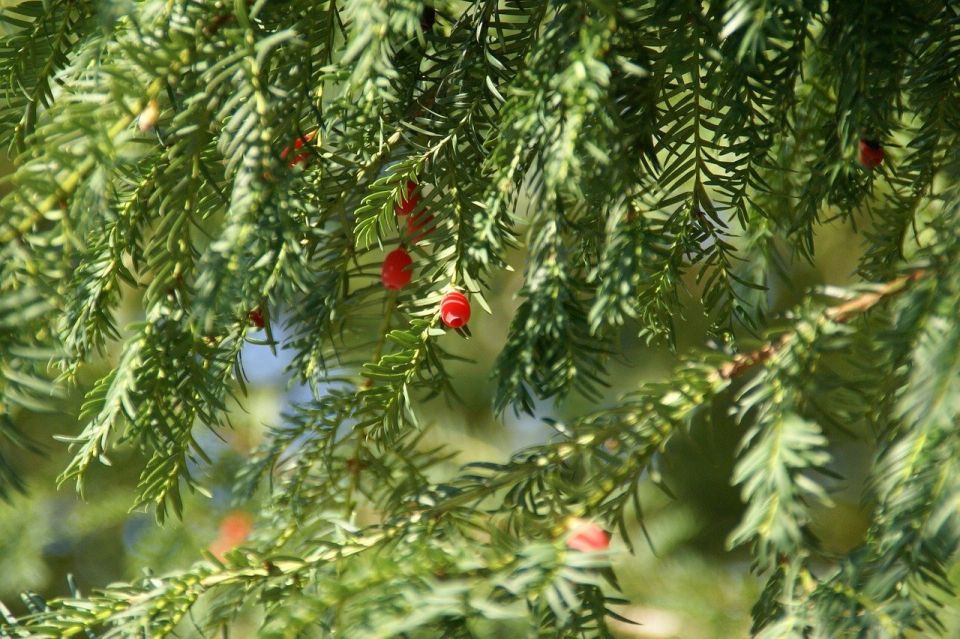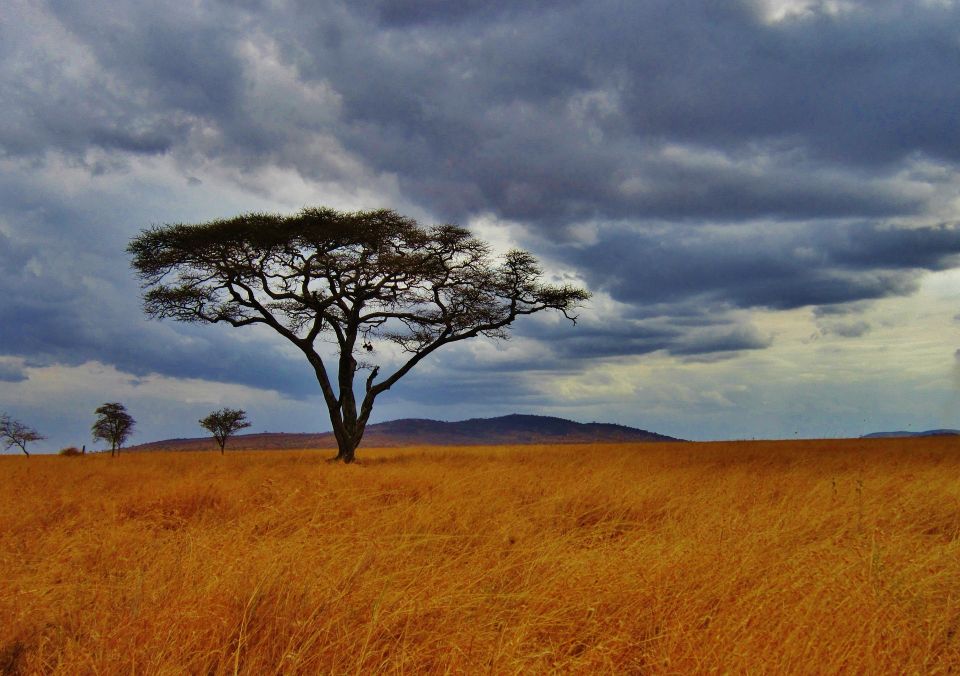How trees adopt unique ways to protect themselves

We've asked our tree experts to share their best tree facts! First up: how trees have found ingenious ways of protecting themselves against threat.
By Seb Austin, Trees for Cities' Urban Forest and Operations Manager
Trees have to defend themselves against a multitude of pathogens and pests during their lifetime. Although they look to be passive in their environment, they are on constant alert. To ward off these beasts, bugs and pathogens they adopt unique ways to protect themselves.
Like other living beings, trees have the ability to sense when they are being touched. When a herbivore comes munching, a few species, such as the European Hollie, physically change their leaves. The top stays soft and smooth and the lower leaves become spiky. A similar response is taken by the English Yew which when attacked by herbivores, reacts by making their needles more poisonous.

Trees are social and communicative beings and ‘talk’ above and below ground. Their roots and fungal networks are adept at detecting subtle electromagnetic fields generated by other trees and are able to pass on warnings when dangers are present. Studies have found that when a tree is attacked by a pest or pathogen they will send warning signals below ground to their neighbours and will then even share nutrients to help the trees within their vicinity withstand the aggressive incursion.
In addition to communicating locally they can connect with other trees at far distances. They use chemicals and scents to warn each other of danger, deter predators and attract favourable insects to either pollinate or eradicate invasive pests. When a giraffe starts to chew on an Acacia the tree will send a distress signal in the form of ethylene gas. Neighbouring acacia trees will detect this gas and start pumping tannins into their leaves, which, in high enough quantities, can sicken large herbivores. Forests have been shown to adopt comparable defence mechanisms when attacked by invasive pests and pathogens. Studies show that when a forest is attacked on one side the trees on the opposite side shall start to increase their defence mechanisms well before the predators reach them.

Trees are amazing; they communicate with each other, protect each other and share their resources. Perhaps we could learn something from the trees in the current pandemic. Every day in the UK more than 50 urban trees disappear and we need to value and protect them too, to celebrate the multiple benefits they bring and plant more trees in our towns and cities.
Donate to Trees for Cities and together we can help cities grow into greener, cleaner and healthier places for people to live and work worldwide.
Donate